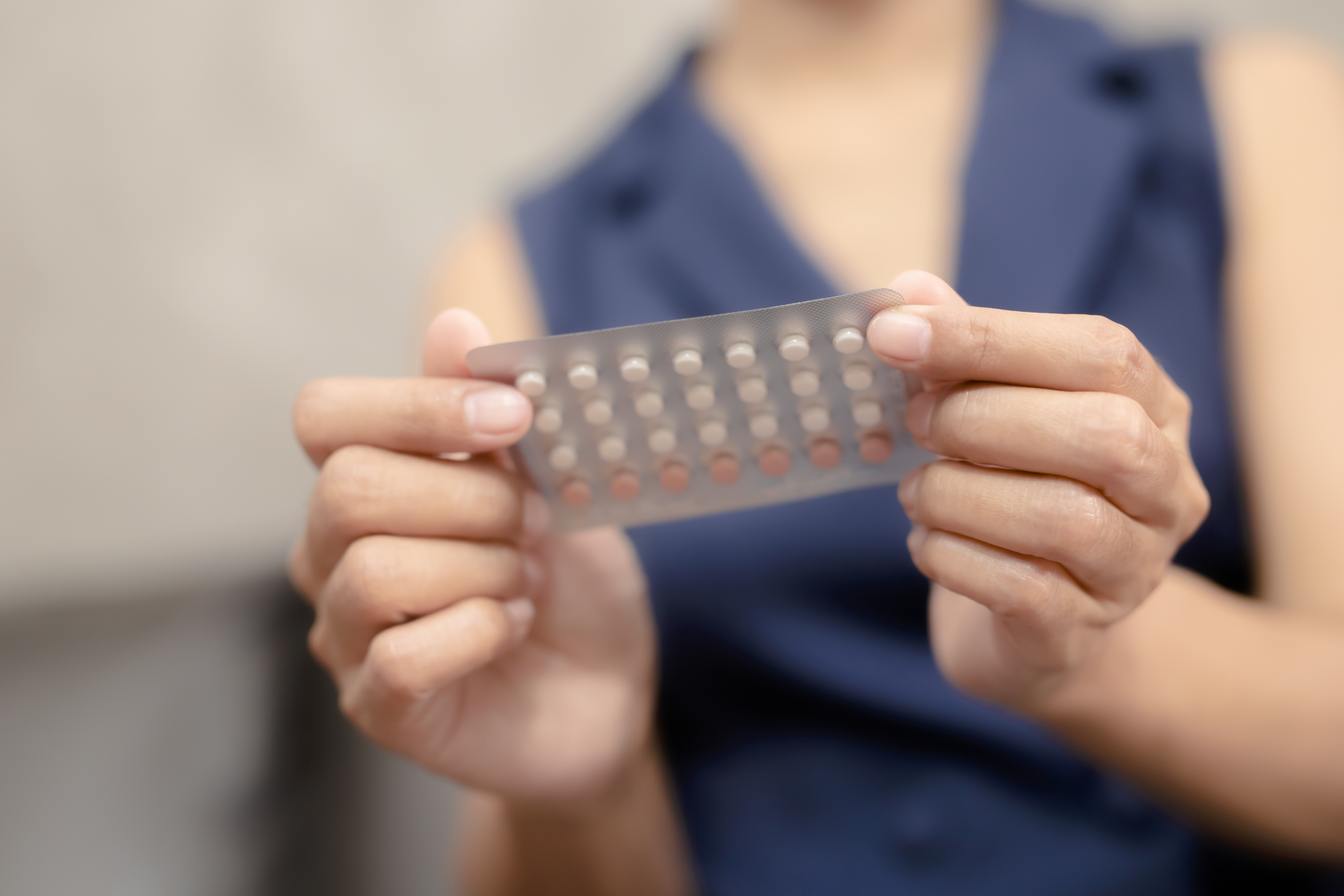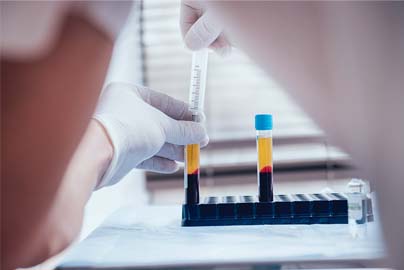
Ghost Hormone Progesterone
Ghost Hormone Progesterone: The Overlooked Hero in Women's Health





PRP is achieved by platelet-rich plasma, centrifuging one's own blood and removing the red blood cells in it, thus providing a platelet-rich plasma. The remaining plasma has a concentration of growth factors 5 to 10 times higher than whole blood. When damage to the body occurs, platelets reach this area, providing healing and sending the stem cells to this area. The logic of the transition from basic science to clinical practice is to improve diseases as nature.
PRP was first used about 50 years ago to treat patients with low platelets in their blood. The term PRP was used to describe plasma with a platelet count higher than blood in the vessels. It has found its place in its clinical use in plastic surgery, dermatology, urology, gynecology and musculoskeletal system injuries due to PRP's anti-inflammatory properties and stimulating cell proliferation and renewal. It has also been a preferred method in gynecology after being frequently used in areas such as wound healing, hair loss and skin rejuvenation in dermatology. Especially in dermatology and gynecology, its popularity is increasing because it provides non-surgical rejuvenation, and medical studies and publications on this subject promise more hope.
A statistically significant faster improvement was seen in patients who underwent PRP after cesarean section in women who were initially risky of wound healing in gynecology (such as obesity, steroid use, diabetes). In addition, Lichen Sclerosiz, a version that is resistant to corticosteroid therapy, which can be very uncomfortable especially after menopause, has also been used in the treatment of vulvar dystrophies such as eczema and satisfactory results were obtained.
It has been a method that is used very often due to the fact that it is a non-surgical and outpatient treatment in sexual dysfunction in women. PRP, also known as 'O-Shot', applied to certain points of the vagina under local anesthesia, stimulates the regeneration of the tissue and provides a rapid improvement in sexual functions.